
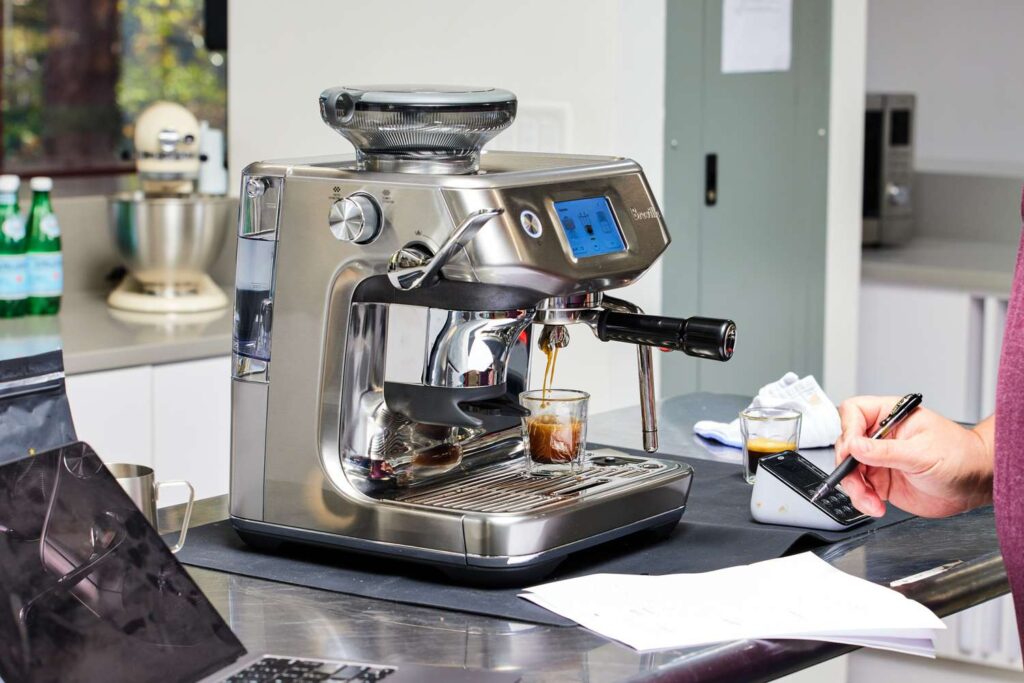
Achieving the perfect shot involves more than just brewing; it’s about understanding when to stop your machine to capture the ideal flavor profile. Whether you’re using a manual, semi-automatic, or fully automatic machine, identifying the precise moment to end the extraction is crucial to avoid under or over-extraction. Knowing when to stop an espresso machine isn’t just about timing; it’s an art that combines visual, audible, and sensory cues to perfect every shot.
At EspressoandMachines.com, we believe that mastering this skill transforms a routine cup of coffee into an exceptional experience. This guide, penned by coffee expert JL Surjan, will walk you through the essential aspects when to stop your espresso machine at the right time.
You’ll gain insights into how your espresso machine works, recognize the signs of optimal extraction, and avoid common pitfalls, ensuring your coffee always tastes its best.
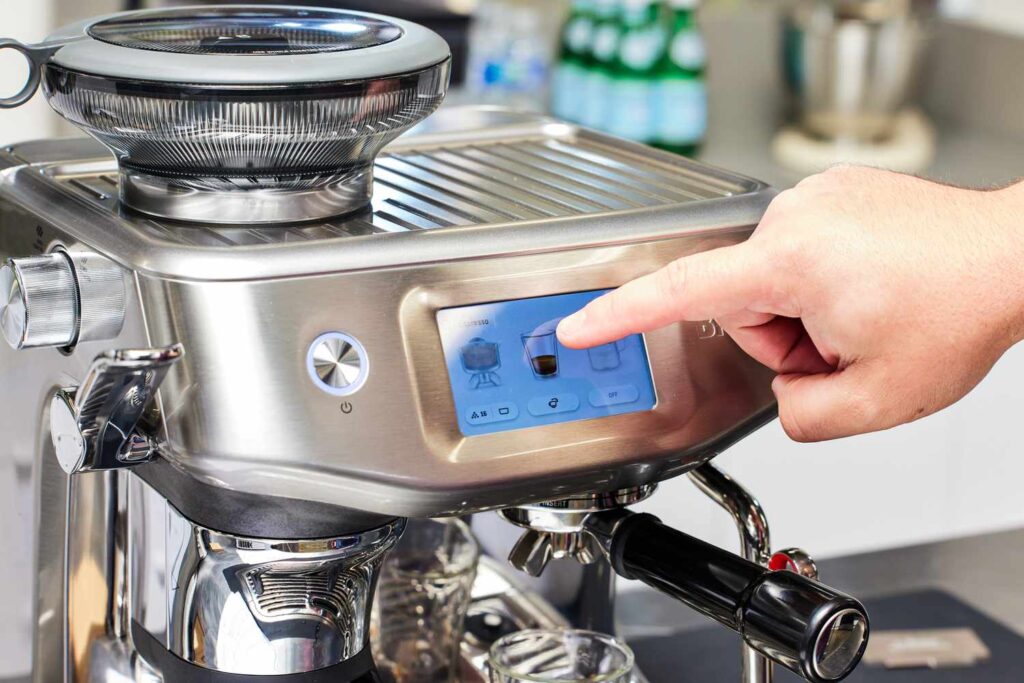
Understanding Espresso Extraction and Machine Behavior
Espresso extraction involves forcing hot water through finely-ground coffee at high pressure, typically resulting in a double shot. A good espresso should have a pleasant balance of flavors, not overwhelmingly strong but enjoyable, encouraging a deeper appreciation of coffee intricacies. This process extracts flavors, oils, and soluble compounds that define the taste and aroma of your espresso shot. As the water passes through the coffee, it draws out the lighter, brighter flavors first, followed by more intense, bitter notes. Understanding this sequence is critical, as stopping the extraction too early or too late can significantly alter the shot’s quality.
Key Indicators of Proper Espresso Extraction
To know when to stop your espresso machine, look for key indicators that suggest the extraction is on track:
Even Flow: The espresso should flow steadily from the portafilter in a thin, smooth stream. Observing the shot flows can provide insights into the brewing process, indicating whether the shot is pulling too quickly or too slowly, and underscore the goal of achieving a steady and consistent flow to reach the desired shot yield.
Balanced Color: During a proper extraction, the color transitions smoothly from dark brown to a rich golden hue.
Correct Timing: Depending on your desired shot (ristretto, normale, or lungo), timing will vary, but most extractions take between 25-30 seconds. Shot time is crucial for assessing the flow rate from the portafilter, with a focus on achieving a consistent and steady output.
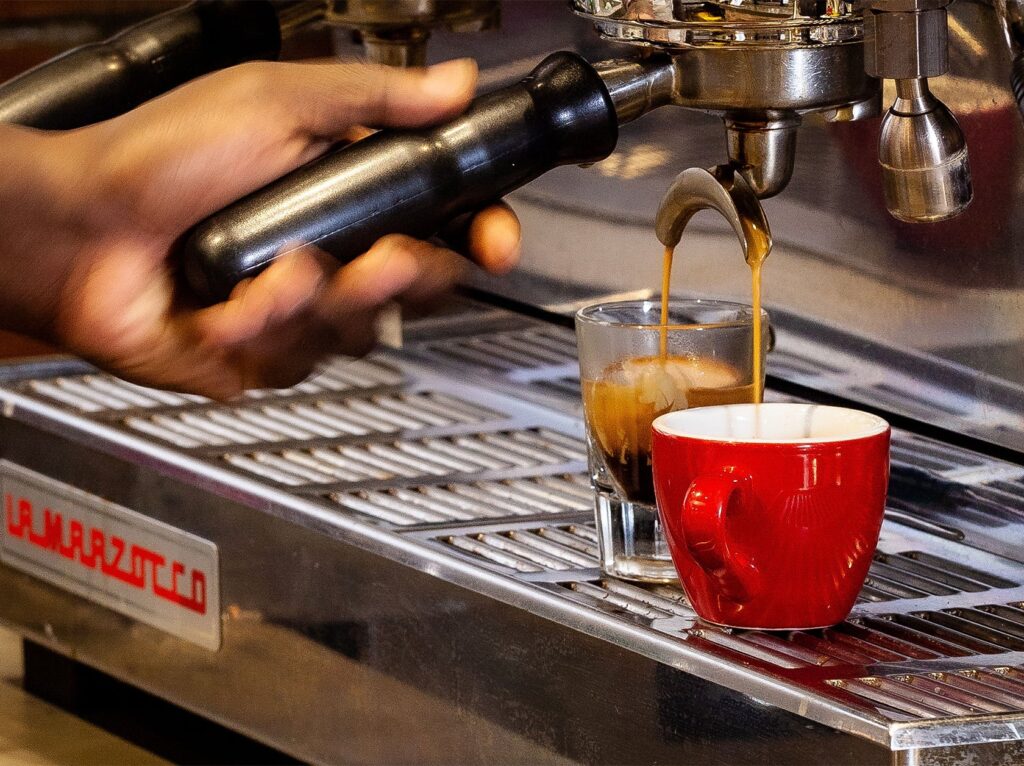
How Espresso Machine Mechanisms Affect Extraction Time
The mechanics of your espresso machine play a pivotal role in determining the extraction time. Factors such as pressure, temperature, grind size, and tamping pressure all contribute to how quickly or slowly the water flows through the coffee grounds.

Role of Pressure and Temperature in Espresso Extraction Espresso machines typically operate at 9 bars of pressure and around 195-205°F (90-96°C). These parameters ensure optimal flavor extraction. Lower temperatures or pressure may lead to sourness, while higher values can cause bitterness and over-extraction.
Impact of Coffee Grind Size and Tamp Pressure The fineness of the grind and how tightly you tamp the grounds into the portafilter dictate water flow resistance. A finer grind or firmer tamp will slow extraction, whereas a coarser grind or lighter tamp can speed it up, affecting when to stop your machine. If the coffee flows too quickly, it may suggest the need to grind finer to prevent sour and under-extracted shots.
Signs It's Time to Stop the Espresso Machine
Visual observation is one of the most reliable ways to judge when to stop your espresso machine. Key signs to monitor include:
Changes in Espresso Color and Consistency During extraction, the color of the espresso stream will change from a deep brown to a lighter, honey-like shade. When the flow becomes watery and pale, it’s an indicator that the extraction should be stopped.
Using a bottomless portafilter can enhance this visual observation by allowing you to see the coffee’s stream characteristics more clearly. This helps in identifying channeling issues and adjusting shot timing and thickness for better overall quality.
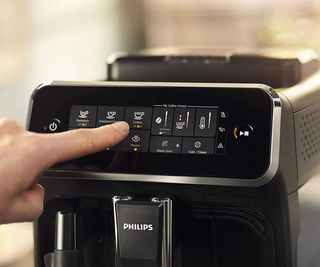
Audible Cues That Indicate Over or Under Extraction
Sound can also signal when the extraction is complete. A steady, consistent hissing noise is a good sign. However, if you hear sputtering or bubbling, it may indicate that the shot is either over or under-extracted.
An under extracted shot often results from a grind that is too coarse, leading to a weak and watery taste. Adjusting the grind size and extraction time is crucial to avoid under extraction and achieve a balanced, flavorful espresso shot.
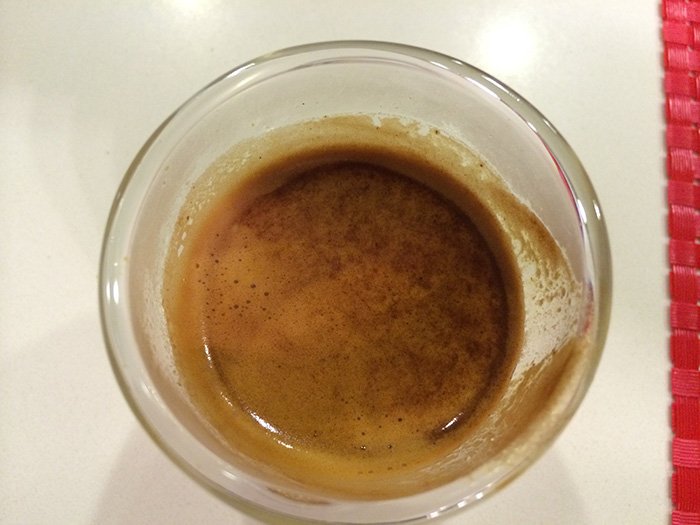
Creidts to Home-Barista.com
Taste and Aroma as Indicators of Extraction Quality
The flavor profile of a properly extracted espresso should be balanced with a harmonious blend of sweetness, acidity, and bitterness. If the shot tastes overly bitter or sour, it’s a sign that the extraction needs adjustment.
An over-extracted shot can taste bitter and burnt, indicating that the grind texture might be too fine.
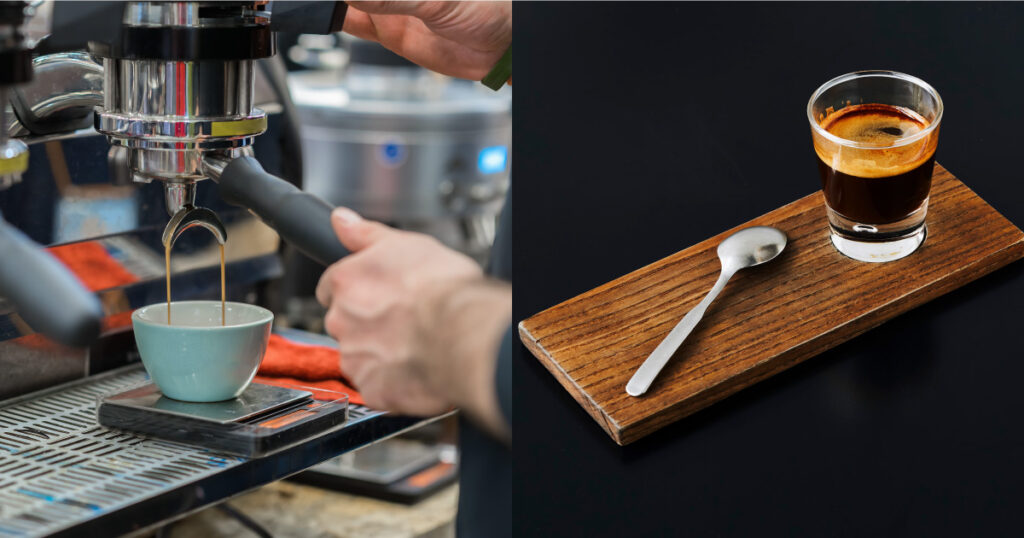
The Role of Crema in Identifying a Properly Extracted Shot
Crema is the golden, creamy foam that forms on top of an espresso shot. A thick, caramel-colored crema suggests a well-extracted shot. If the crema is thin or quickly dissipates, it might indicate that the shot was stopped too soon or ran too long.
An over extracted shot, which occurs when the brew time is excessively long, can lead to a bitter taste. Factors such as grind size and tamping pressure can influence the extraction quality and timing for a successful shot.
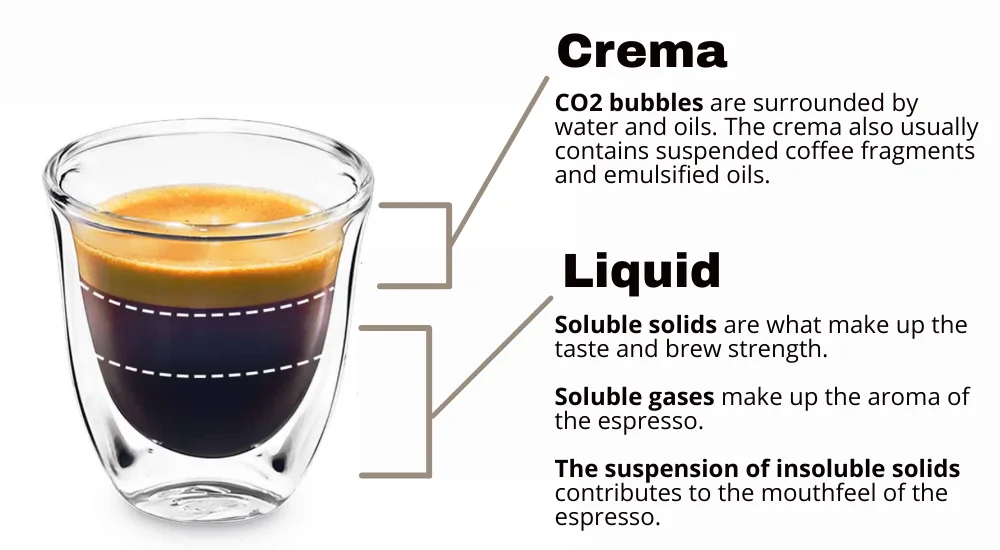
Common Mistakes When Stopping Espresso Extraction Too Early or Too Late
Consequences of Cutting the Extraction Short
Stopping the machine too early often results in:
Weak and Sour Espresso Under-extraction leaves the espresso tasting sharp, sour, and lacking depth.
Poor Crema Formation Short extractions usually produce thin, pale crema, indicating that essential oils and soluble compounds haven’t been fully extracted.
Signs of Over-Extracted Espresso
On the flip side, allowing the extraction to run too long causes:
Bitter and Burnt Tasting Notes Over-extraction pulls out unpleasant, bitter compounds that overshadow the coffee’s natural sweetness.
Darker Crema and Oily Texture An overly long extraction produces a thicker, darker crema with an oily texture, indicating too many solids were dissolved.
If the drop time is prolonged, it suggests a need to grind coarser to avoid over-extraction and bitterness.
The Optimal Timing for Stopping Espresso Extraction
Ideal Extraction Time for Different Types of Espresso Shots, Including Double Shot
Knowing the ideal timing for various espresso styles is essential:
Targeting the same yield during extraction is crucial for achieving consistency in espresso preparation. This consistency allows for better fine-tuning based on taste and extraction parameters.
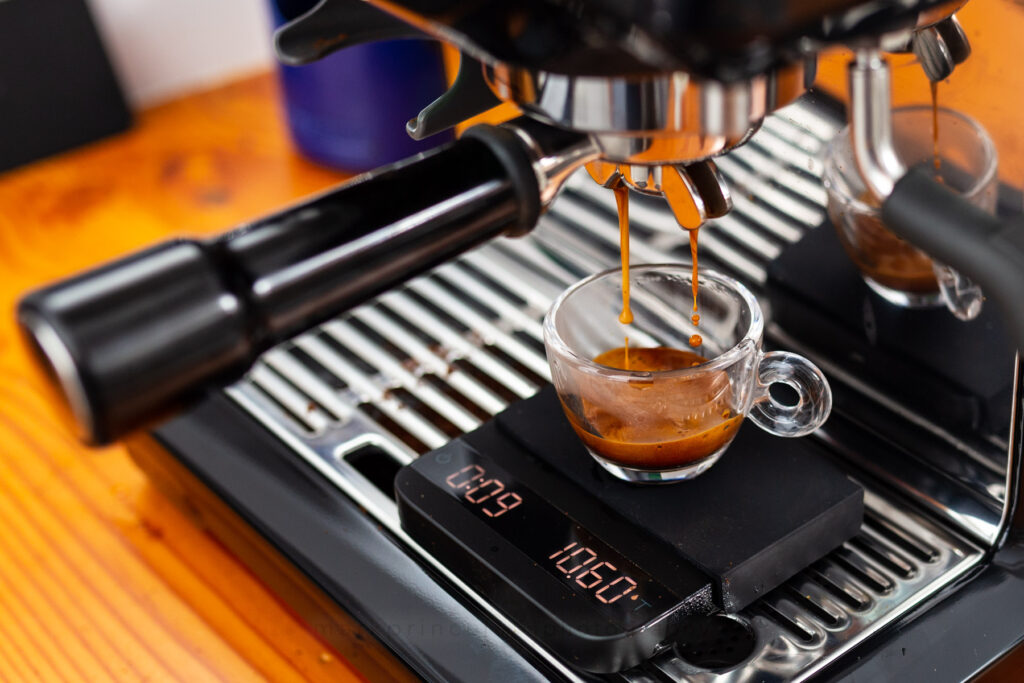
Ristretto (15-20 Seconds) A ristretto shot uses less water, resulting in a shorter extraction time and a more intense flavor.
Normale (25-30 Seconds) The standard espresso shot, balancing body, sweetness, and acidity.
Lungo (35-40 Seconds) A lungo runs longer, creating a milder flavor but extracting more bitterness.
Adjusting Timing for Different Coffee Beans
Different bean varieties and roasts require unique extraction timings:
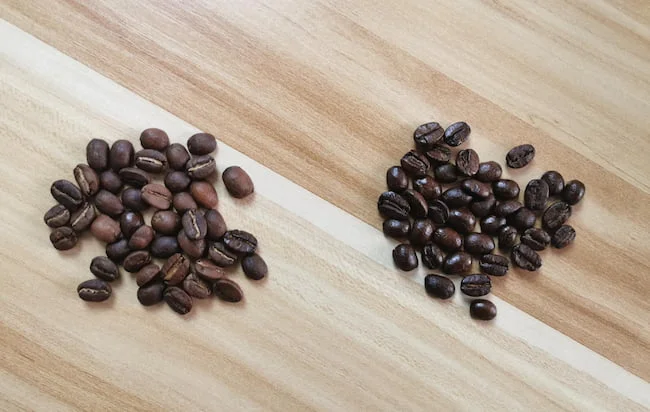
Light Roast vs. Dark Roast Light roasts may need slightly longer extractions to bring out their nuanced flavors, while dark roasts typically extract faster.
Adjusting Based on Equipment Variations (Manual vs. Automatic Machines)
Manual machines provide more control but require a keen eye for timing, whereas automatic machines may have built-in timers to help you get consistent results.
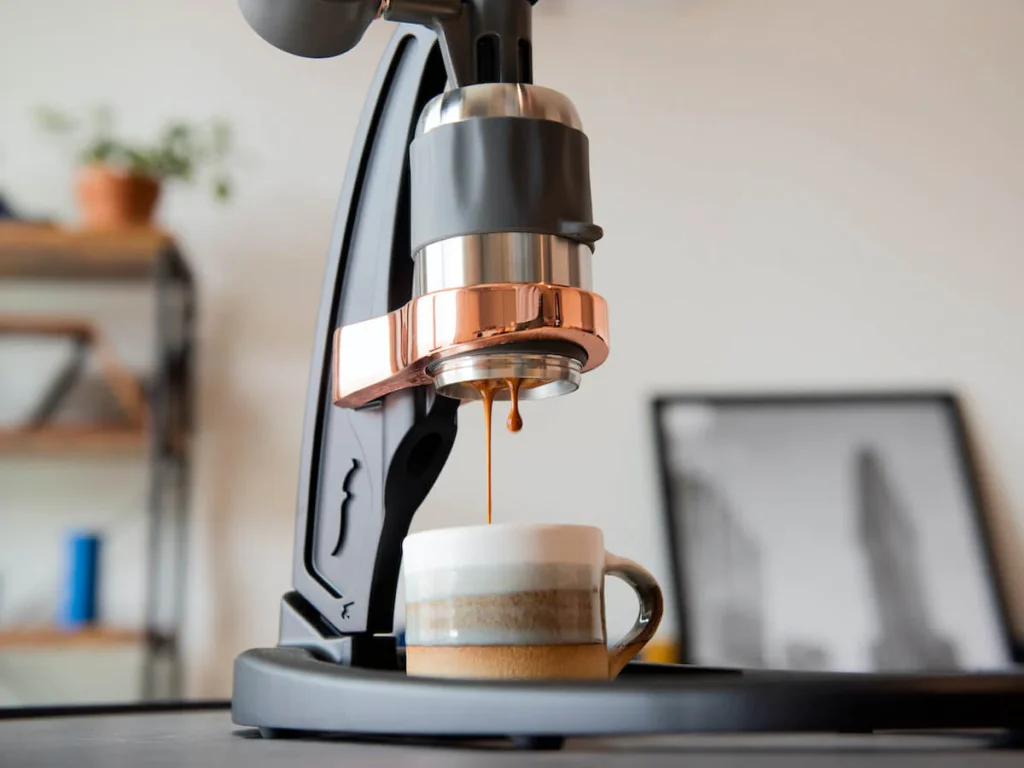
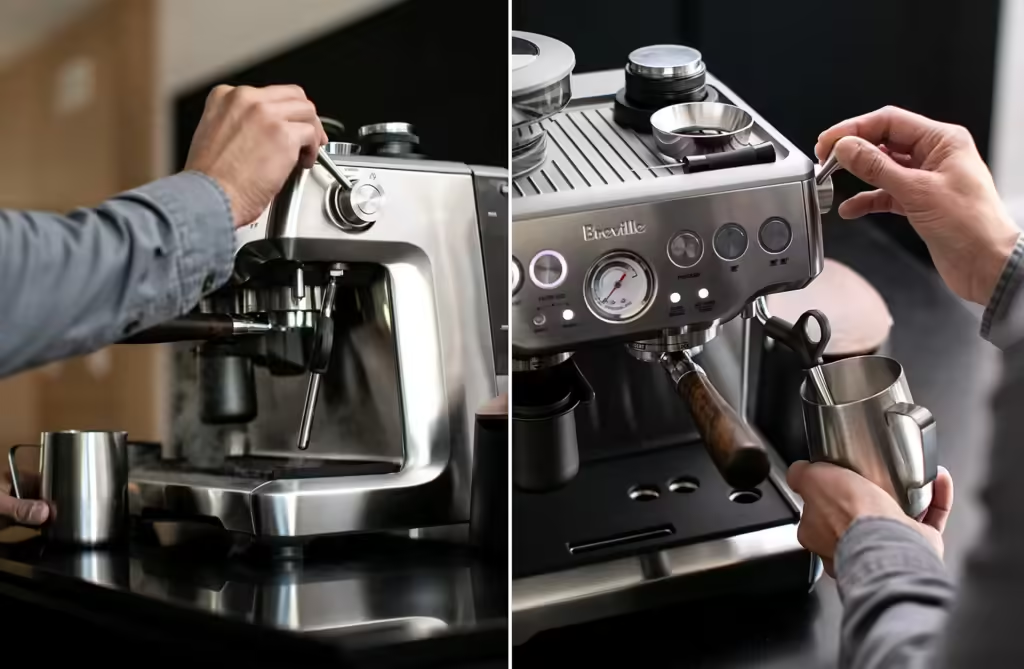
Factors That Influence When to Stop Your Espresso Machine
Machine Type and Configuration
The type of espresso machine you use has a major impact on extraction behavior:
Single-Boiler vs. Dual-Boiler Machines Single boilers may struggle with temperature consistency, while dual boilers offer precise control, influencing when to stop the extraction.
Lever Machines vs. Pump-Driven Machines Lever machines rely on manual pressure, making timing more variable compared to pump-driven machines that provide consistent pressure.
Coffee Bean Type and Freshness
Fresh, high-quality beans are essential. Stale beans often lead to poor extraction quality, regardless of timing.
Grind Size, Dose Amount, and Tamping Pressure
Fine-tuning the grind size and adjusting the dose are critical to controlling when to end the extraction for a balanced shot.
Troubleshooting Extraction Timing Issues
Common Issues and Their Solutions
If you’re struggling to get the timing right, consider these common issues:
Espresso Stops Too Early (Water Flow Issues) This can indicate a grind that’s too fine or a problem with machine pressure.
Espresso Keeps Flowing (Pressure or Grind Issues) A too-coarse grind or inadequate tamp can cause the shot to run longer than desired.
Modifying Grinder Settings to Control Extraction Time
Adjusting the grinder settings in small increments can have a significant impact on extraction timing, allowing you to fine-tune your shot.
Frequently Asked Questions About Espresso Extraction Timing
What is the Best Extraction Time for Espresso?
Typically, a standard shot takes 25-30 seconds, but this can vary based on the bean and roast.
Why is My Espresso Flow Too Fast or Too Slow?
Check your grind size, dose, and tamp pressure, as these are the primary factors affecting flow rate.
Should I Always Follow the Same Timing for Every Shot?
No, timing should be adjusted based on bean type, roast level, and machine configuration.
How Does Temperature Affect When to Stop the Machine?
Temperature fluctuations can alter extraction speed, so maintaining consistent heat is crucial for timing accuracy.
What is Ground Coffee, and How is it Used for Espresso?
Ground coffee is coffee beans that have been ground to a specific texture, depending on the brewing method. For espresso, a fine grind is typically used to ensure proper extraction under pressure, creating a rich, flavorful shot.
What is the Best Way to Store Coffee Beans for Fresher Ground Coffee?
To maintain freshness, store coffee beans in an airtight container away from light, heat, and moisture. Using freshly ground coffee beans for each brew enhances the flavor and produces more crema in your espresso shots.
Why is the Drip Tray Important for an Espresso Machine?
The drip tray catches excess water, coffee, and foam during brewing or cleaning cycles. It’s essential for keeping your machine clean and functional. Regularly emptying and cleaning the drip tray prevents buildup and maintains hygiene.
How Do I Achieve the Perfect Shot of Espresso?
To achieve the perfect shot, pay attention to factors like grind size, dose, and tamp pressure. Use filtered water to enhance flavor, as impurities can affect taste. Adjust the recipe and volume to suit your preferences, ensuring the shot tastes balanced with a rich texture and crema.
Why is My Espresso Producing Noticeably Lighter Shots?
Noticeably lighter shots often indicate under-extraction. This can happen if the grind size is too coarse, the tamp pressure is too light, or the volume of water used is too high. Adjust these factors to extract more flavorful coffee with a proper texture.
What’s the Role of a Filter Basket in Espresso Brewing?
The filter basket holds the ground coffee during extraction. Ensuring the basket is properly filled and tamped evenly is key to achieving more crema and a smooth shot. Double baskets are commonly used for pulling two shots, while single baskets are suitable for smaller volumes.
Can I Use a Different Recipe for Each Coffee Drink?
Yes! Recipes should vary based on the drink you’re making. For example, a lungo requires a higher water-to-coffee ratio, while a ristretto uses less water for a more intense flavor. Experiment with volume and brew time to find your preferred recipe.
How Can I Ensure My Espresso Tastes Balanced?
A balanced espresso tastes neither too bitter nor too sour. Start by adjusting the grind size and ensuring the extraction time falls between 25–30 seconds. Using filtered water and fresh coffee beans also helps create a tasty, well-rounded shot.
How Does Texture Impact the Quality of Espresso?
The texture of espresso, often described as silky or smooth, significantly impacts its quality. A shot with proper foam and crema feels velvety on the palate, enhancing the overall drinking experience. If the texture is off, review your grind size and tamping technique.
Why is Paying Attention to Brewing Variables Important?
Small changes in grind size, water temperature, and tamp pressure can make a noticeable difference in your espresso’s flavor and texture. Paying attention to these factors ensures each cup is consistently excellent, whether you prefer bold or mild coffees.
How Can I Use Volume to Control Espresso Strength?
Volume refers to the amount of liquid extracted during brewing. Adjusting the volume can influence the strength and flavor profile of your espresso. For a strong, concentrated shot, aim for 25–30ml, while larger volumes can produce milder, sweeter coffees.
What’s an Example of Adjusting Espresso for Different Tastes?
For a stronger shot, use a finer grind and a double basket to extract more concentrated flavors. On the other hand, for a lighter espresso, you can use a coarser grind and increase the brew volume slightly. Adjustments like these let you customize the drink to your taste preferences.
Why Should I Use Filtered Water in My Espresso Machine?
Filtered water prevents mineral buildup in your machine, reducing maintenance needs and ensuring cleaner-tasting espresso. Impurities in unfiltered water can affect the flavor and aroma, making filtered water a simple way to improve your coffee.
What’s the Best Way to Rest Coffee Grounds Between Brews?
Letting the machine rest briefly between brewing multiple shots helps stabilize the temperature and ensures consistent extraction. This can prevent over-extraction or sour-tasting coffees caused by overheating or inconsistent brewing cycles.
What’s the Purpose of Foam in Milk-Based Drinks?
Foam adds texture and flavor to milk-based drinks like lattes and cappuccinos. A fine, microfoam texture enhances the drinking experience and is crucial for creating latte art. Machines with quality steam wands make it easier to produce the perfect foam.
How Do I Know if My Espresso Tastes Off?
If your espresso tastes bitter, sour, or lacks texture, notice changes in brewing variables. For instance, if the grind size is too coarse, the shot may taste weak or watery. Adjust the recipe, paying close attention to tamp pressure and volume for better results.
Expert Tips for Achieving Perfect Espresso Extraction Every Time
Using a Scale to Monitor Shot Weight and Time A scale helps you precisely measure shot weight, ensuring consistent results.
How to Calibrate Your Machine for Consistency Regular calibration of your machine settings is essential for maintaining accuracy over time.
Importance of Regular Cleaning and Maintenance A clean machine performs more consistently, helping you stop the extraction at the perfect moment every time.
Our blog contains affiliate links to products. We may receive a commission for purchases made through these links. However, this does not impact our reviews and comparisons. We try our best to keep things fair and balanced, in order to help you make the best choice for you.

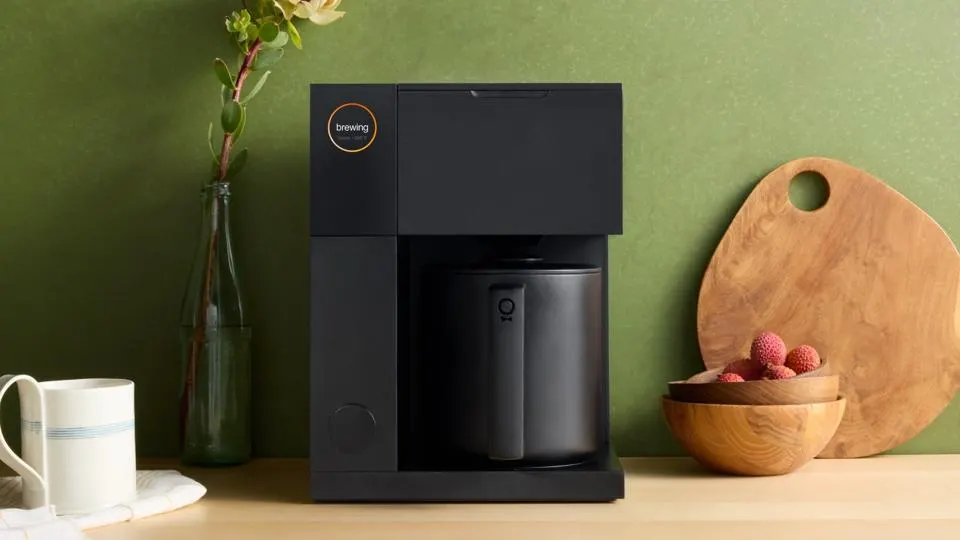
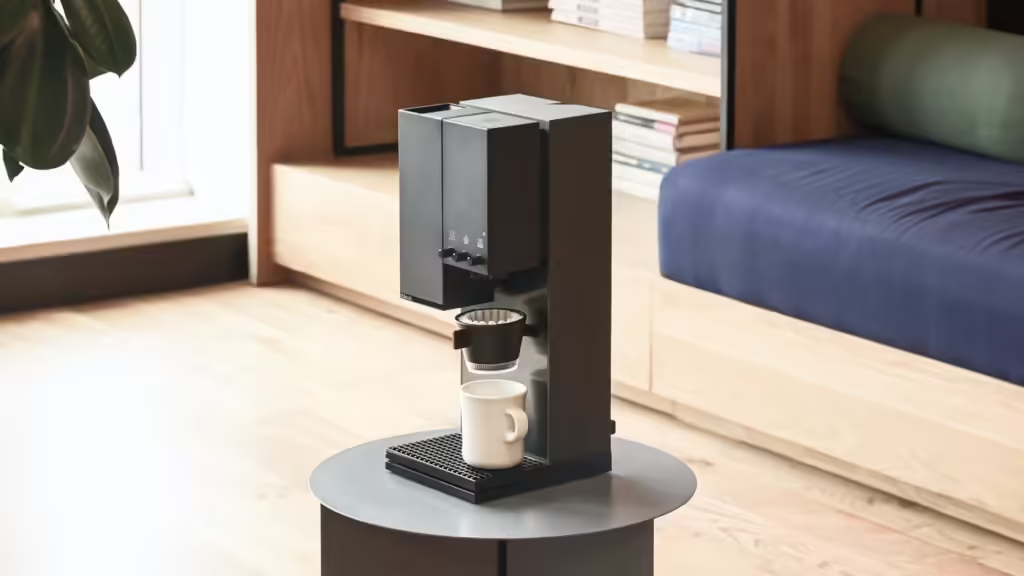
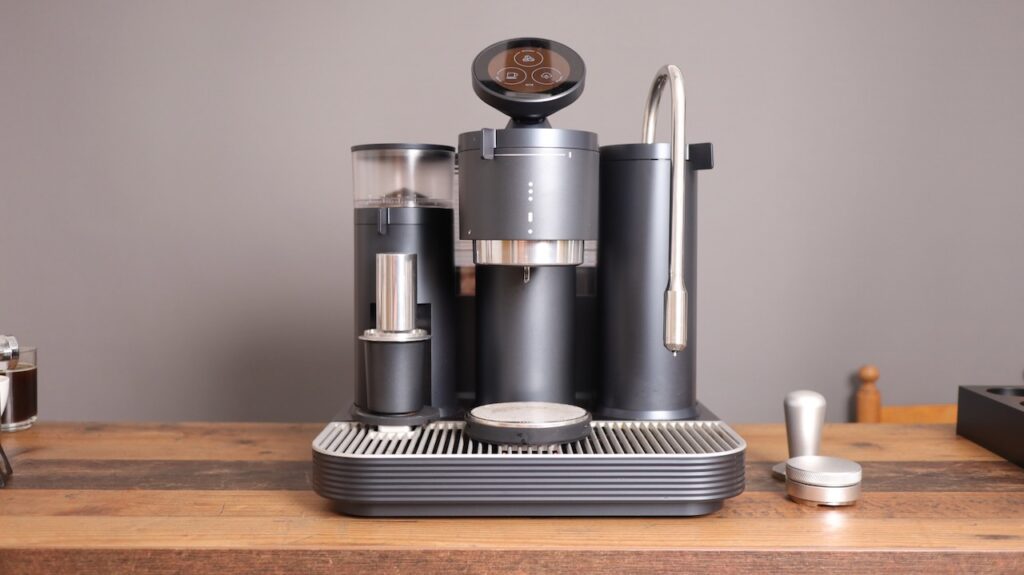
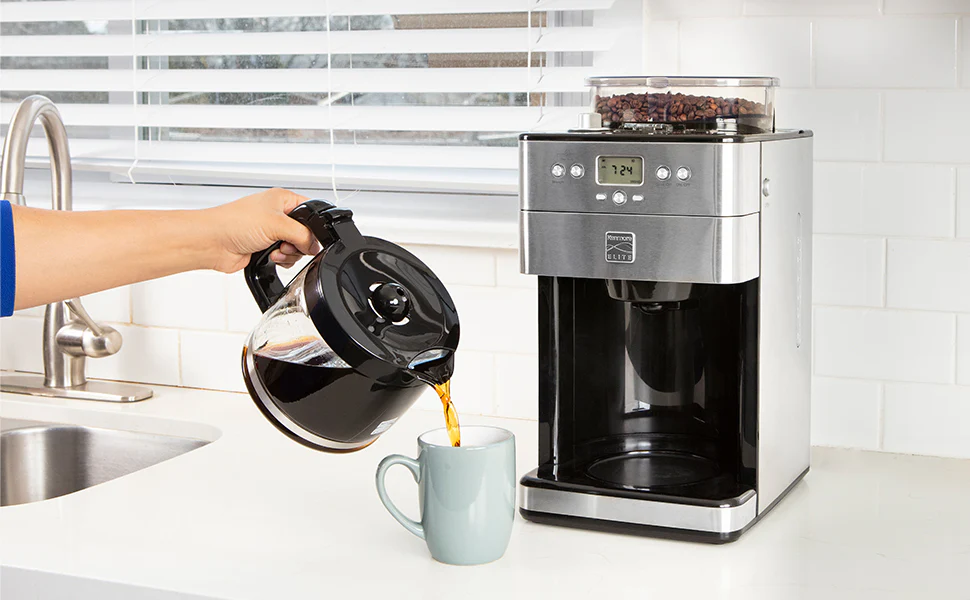


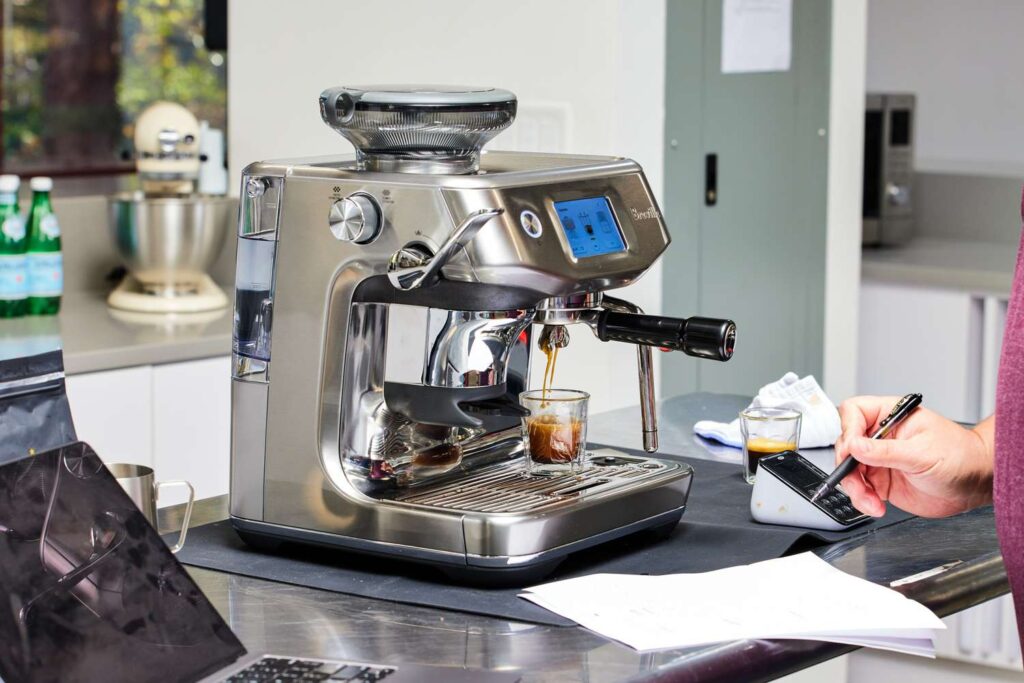
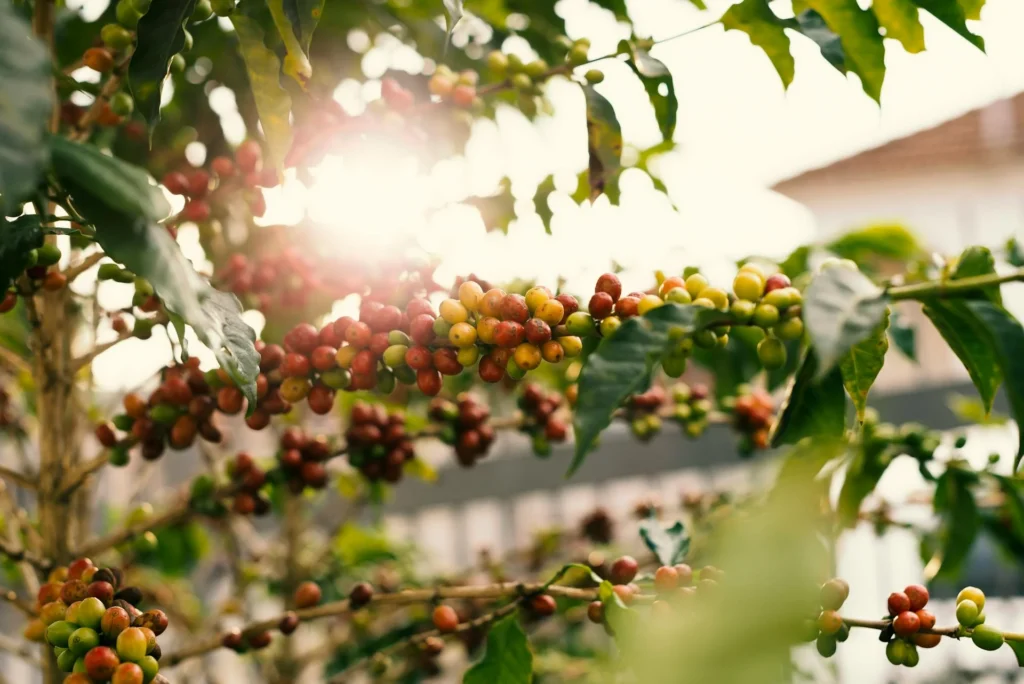
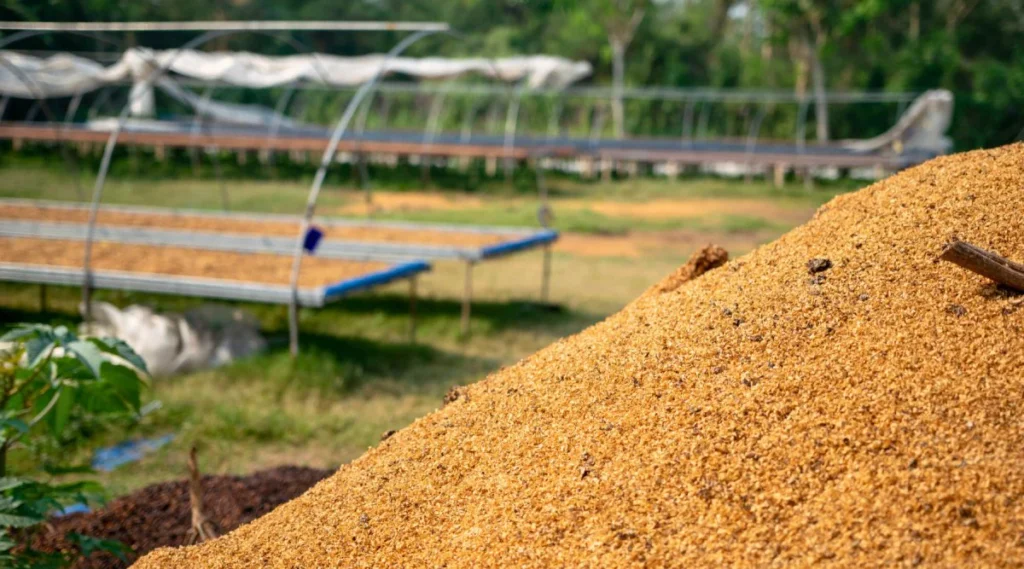
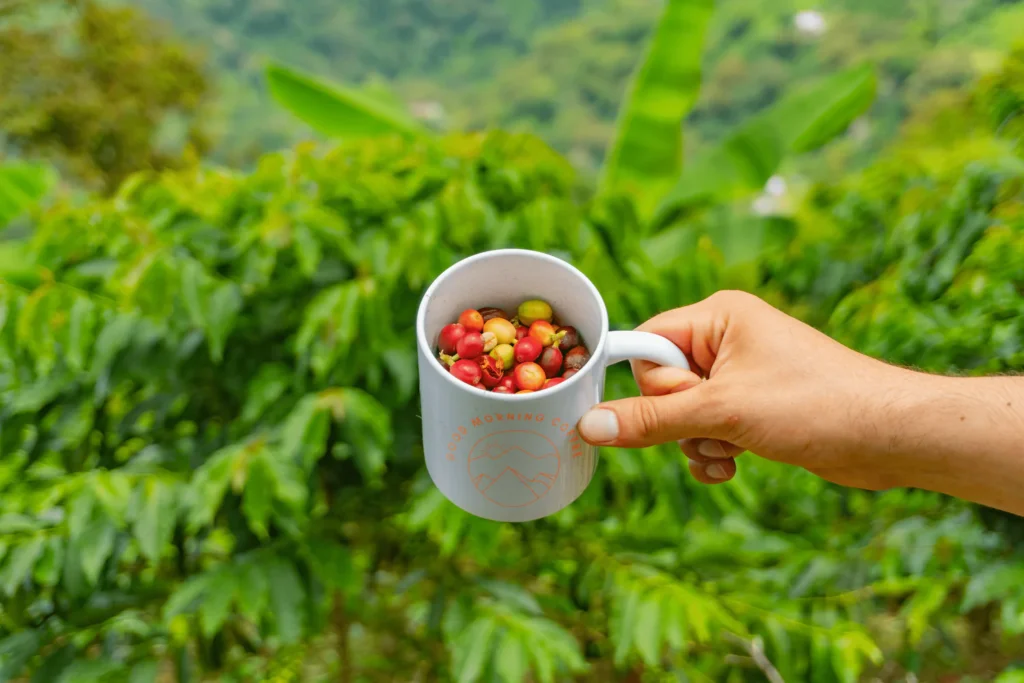

One Response